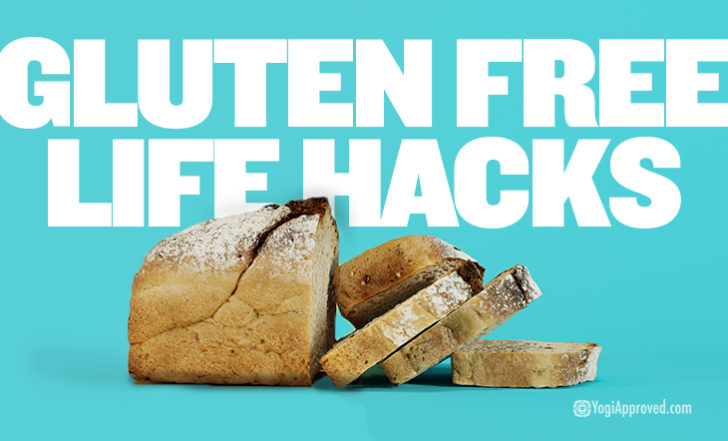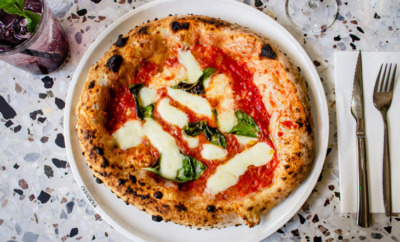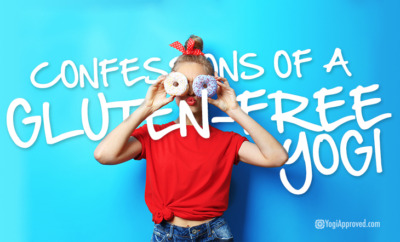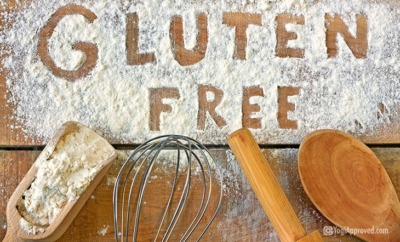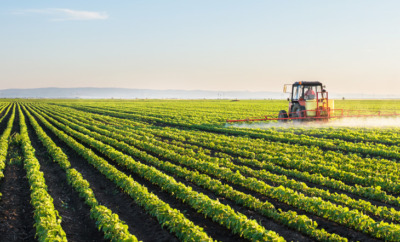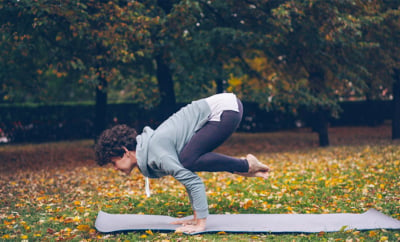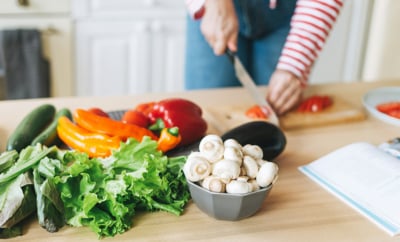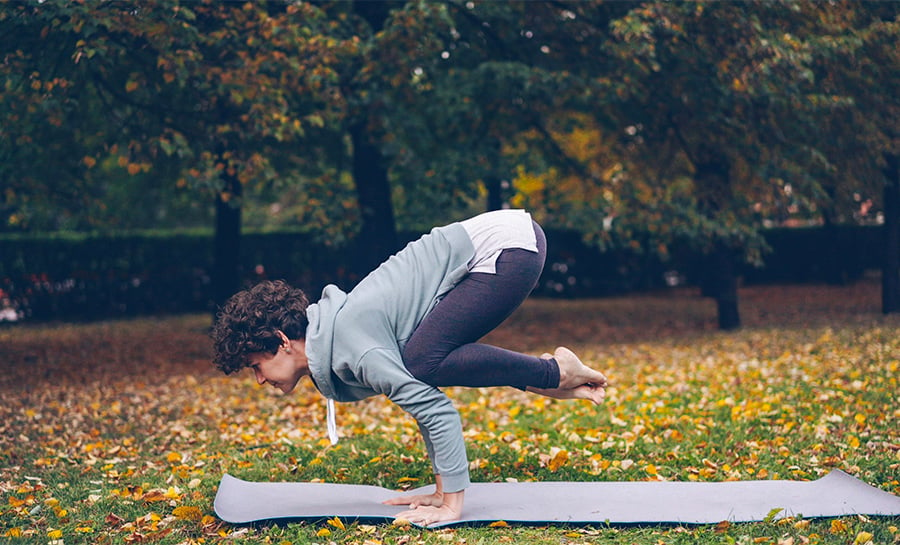What Foods Have Gluten? We Answer This Common Question With a Gluten-Free Food List

GlutenFreeFoodList Feature
What foods have gluten and which do not? Sometimes, with hidden ingredients, it’s hard to tell. If you’re new to a gluten-free diet, then this gluten-free food list will be your new go-to guide.
This is a complete guide to what to watch for when you go grocery shopping so you don’t accidentally purchase foods filled with gluten.
If you’re new to a gluten-free diet, then this gluten-free food list will be your new go-to guide.
With hidden ingredients and additives lurking in a lot of our food, it’s important to know exactly what to avoid if you follow a gluten-free diet (or shop for someone who does).
Glyphosate In Your Food: What You Need to Know About This Chemical and Your Health
What Foods Have Gluten? If You Follow a Gluten-Free Diet, Avoid These 8 Types of Foods:
Avoiding gluten can be a challenge since it is found in many common foods. That’s why it’s important to be prepared and know what to look out for.
1. Usual Gluten Suspects
These ingredients are the main sources of gluten:
- Wheat-based foods such as wheat bran, wheat flour, spelt, durum, kamut, couscous, and semolina
- Barley
- Rye
- Triticale
- Malt
- Brewer’s yeast
2. Bread and Pasta
You probably knew to avoid breads and pastas already. That’s because wheat-based breads and pastas often have gluten added to them for binding or a chewy texture.
3. Processed Foods
There could potentially be gluten ingredients in anything that comes in a package, such as:
-
- Processed meats like deli meats, sausage, and bacon
- Meat alternatives like seitan (which is made from vital wheat gluten)
- Cereal (unless specifically labeled gluten-free)
- Sauces like soy sauce, teriyaki sauce, hoisin sauce, marinades, and salad dressings
4. Snack Foods
Candy, crackers, pre-packaged convenience foods, roasted nuts, flavored chips and popcorn, pretzels, muesli bars, cereal bars, granola bars, and meal replacement bars often have added gluten.
5. Beer and Flavored Alcoholic Drinks
Of course, beer contains gluten but, typically, so do flavored alcohol drinks so be cautious when you’re drinking.
6. Broths
Most broth (unless specifically labeled gluten-free) often contains added gluten.
7. Most Oats
Oats are naturally gluten-free, however, they are often contaminated with gluten in processing plants with other wheat-based cereals and foods. Look for oats that are labeled gluten-free to be certain that you can eat them.
8. Prescription and Over the Counter Medications
Surprisingly, many medications use gluten as a binding agent. Talk to your doctor and/or pharmacist about the medications that you are taking. You may need to get your medications at a compounding pharmacy.
Dietary supplements that contain gluten are required to state “wheat” on the label so be sure to read the ingredients list.
Gluten-Free Food List – These 10 Foods Are Safe to Eat on a Gluten-Free Diet:
While it may seem like the list to avoid is long, there are plenty of gluten-free options out there. The easiest way to avoid gluten is to eat unprocessed, single-ingredient foods. To be safe, always read the label!
1. Eggs
Eggs are naturally gluten-free so you can still enjoy your usual breakfast.
2. Dairy
Plain dairy products are safe for your gluten-free diet. But be aware that you will need to read the label of any dairy product that is flavored as an ingredient with gluten may have been added.
3. Meats and Fish
All unprocessed meats and fish are gluten-free as long as they’re not breaded.
4. Fruits and Vegetables
All fresh produce is naturally gluten-free so you don’t need to cut back on any of your fresh fruits or veggies.
5. Grains
Thankfully, there are still so many deliciously filling grains that are naturally gluten-free.
These include:
-
-
-
- Rice
- Quinoa
- Buckwheat
- Tapioca
- Sorghum
- Millet
- Amaranth
- Arrowroot
- Teff
- Oats (if they’re specifically labeled gluten-free)
-
-
6. Nuts and Seeds
Fret not – nuts and seeds are all naturally gluten-free so chomp away!
7. Starches and Flours
Yes, you can still eat starches and flours on a gluten-free diet.
There are plenty of safe options, including:
8. Spreads and Oils
All vegetable oils and butter are naturally gluten-free.
9. Herbs and Spices
All herbs and spices are naturally gluten-free so you never have to sacrifice flavor on your gluten-free diet.
10. Beverages
Most beverages are safe to enjoy other than beer and flavored alcohol drinks.
Ready to try a gluten-free recipe? We’re Obsessed With This Gluten-Free Vegan Sushi Bowl Recipe
What Foods Have Gluten and Which Do Not? Use This Gluten-Free Food List for Your New Gluten-Free Diet
Sometimes, switching to a gluten-free diet can feel overwhelming and intimidating. There’s so much to consider and so much to keep in mind when doing something as simple as going to the grocery store.
Is Gluten Bad for You? Here’s What You Need to Know About Eating Gluten-Free
But eating gluten-free doesn’t have to be so complicated. Now that you know which foods have gluten and which foods more commonly do not, you can shop with confidence and ease.
When in doubt, bring along this gluten-free food list for reference and read labels and ingredient lists to always be certain.
All included information is not intended to treat or diagnose. The views expressed are those of the author and should be attributed solely to the author. For medical questions, please consult your healthcare provider.


This Month's Letter
From the Editor
Monthly motivation and food for
thought from our founder.

